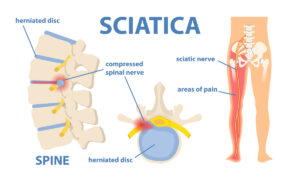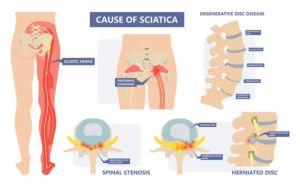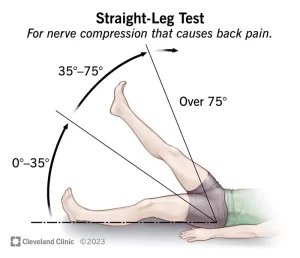
Move It or Lose it
I Like to Move It- Reel to Real ft the Mad Stuntman
You’re either growing or declining. Anything you try to maintain will decrease over time. Whatever we don’t use, is lost.
Motion is life. The brain and body rely on movement to stimulate and enhance nerve communication pathways. This ensures cognitive health and body function. Muscle weaknesses occur through lack of use. Wolf’s law states that bones will adapt to the degree of mechanical loading exerted on them. Skeletal muscles are strengthened when resistant forces are applied to them, and weaken due to inactivity. We must move and be physically active or the body breaks down.
Ligamentus Creep is defined as the progressive deformation of a structure under constant load.
Think a rubber band. If you repeatedly or consistently pull, stretch, or hold the rubber band to stress it, it begins to lose its original elasticity, causing it to be more lax or even break.
Long term sitting has negative structural and physiological consequences.
In the sitting position, your hip flexors (psoas, iliacus, and rectus femoris) are in a shortened state. As creep sets in your body adapts to having shortened hip flexors, limit ing your ability to reach full hip extension, causing joint tension, pain and affecting movement. After about 30-45 minutes of being sedentary, the soft tissues of the body begin to stiffen, cause pain, muscle imbalances and are more prone to injury.
Ligament creep commonly occurs because of forward head posture from hours of computer work, playing on mobile devices or texting. Keeping the head and neck in this position stretches the neck ligaments beyond the point they should be stretched while stabilizing the head.
The effects of creep deactivate the spinal stabilization system (activation of muscles in your trunk), and you lose the ability to stabilize your spine. This causes back pain and puts increases risk for injuries.
Killer Effects of Sitting
Over a lifetime, the effects of sitting add up. Alpa Patel, an epidemiologist at the American Cancer Society, tracked the health of 123,000 Americans between 1992 and 2006. The men in the study who spent six hours or more per day of their leisure time sitting had an overall death rate that was about 20 percent higher than the men who sat for three hours or less.
Do This Everyday- Move. Be Active. Stretch. Walk
Get up and move every 20 minutes. Avoid long periods of time sitting at work/ school.
Most people today live sedentary lives. In our technologic world, we need to consciously move daily. If you’re feeling the effects of inactivity, it’s important to have your spine checked. Schedule a complimentary consult today to get your spinal evaluation and see how we can help you start living better.



